- sort orderDefault
Photo title, A → Z
Photo title, Z → A
✔ Date created, new → old
Date created, old → new
Date posted, new → old
Date posted, old → new
Visits, high → low
Random - Google Map
- map
 home / Insecta · vabzdžiai / Coleoptera · vabalai / Cerambycidae · ūsuočiai / Lamia textor · gluosninis niūrūnas
home / Insecta · vabzdžiai / Coleoptera · vabalai / Cerambycidae · ūsuočiai / Lamia textor · gluosninis niūrūnas

-
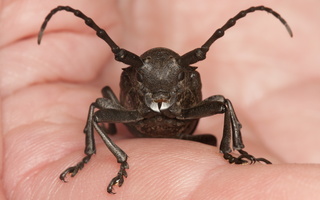 Lamia textor · gluosninis niūrūnas
Lamia textor · gluosninis niūrūnas
-
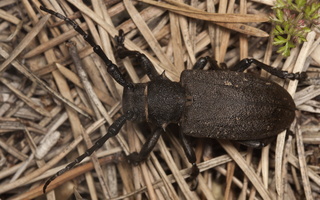 Lamia textor · gluosninis niūrūnas
Lamia textor · gluosninis niūrūnas
-
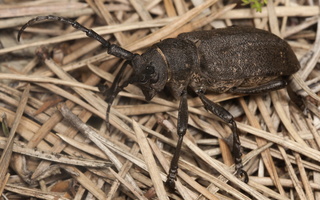 Lamia textor · gluosninis niūrūnas
Lamia textor · gluosninis niūrūnas
-
 Lamia textor · gluosninis niūrūnas
Lamia textor · gluosninis niūrūnas
-
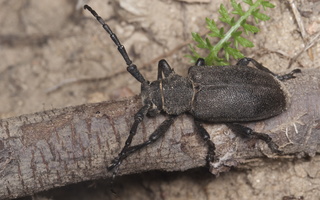 Lamia textor · gluosninis niūrūnas
Lamia textor · gluosninis niūrūnas
-
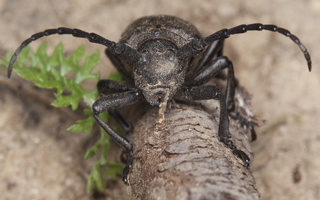 Lamia textor · gluosninis niūrūnas
Lamia textor · gluosninis niūrūnas
-
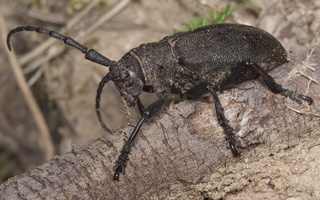 Lamia textor · gluosninis niūrūnas
Lamia textor · gluosninis niūrūnas
-
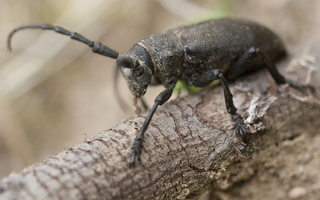 Lamia textor · gluosninis niūrūnas
Lamia textor · gluosninis niūrūnas
-
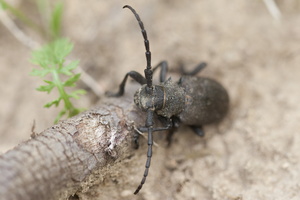 Lamia textor · gluosninis niūrūnas
Lamia textor · gluosninis niūrūnas
-
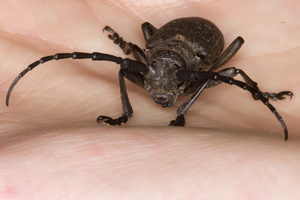 Lamia textor · gluosninis niūrūnas
Lamia textor · gluosninis niūrūnas
-
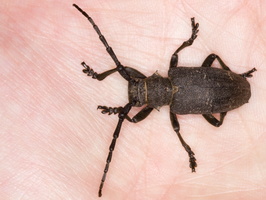 Lamia textor · gluosninis niūrūnas
Lamia textor · gluosninis niūrūnas
-
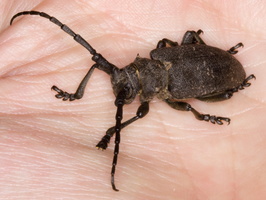 Lamia textor · gluosninis niūrūnas
Lamia textor · gluosninis niūrūnas
-
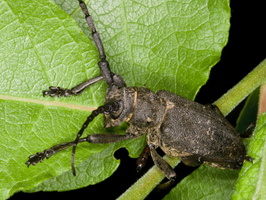 Lamia textor · gluosninis niūrūnas
Lamia textor · gluosninis niūrūnas
-
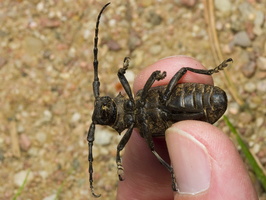 Lamia textor · gluosninis niūrūnas
Lamia textor · gluosninis niūrūnas
-
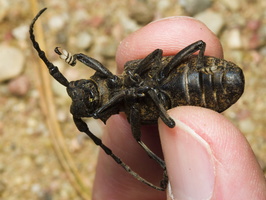 Lamia textor · gluosninis niūrūnas
Lamia textor · gluosninis niūrūnas
-
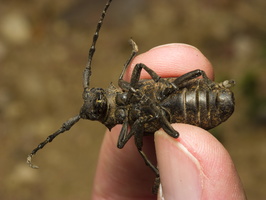 Lamia textor · gluosninis niūrūnas
Lamia textor · gluosninis niūrūnas
-
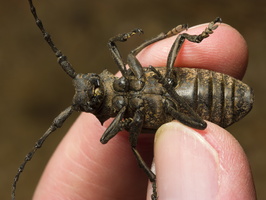 Lamia textor · gluosninis niūrūnas
Lamia textor · gluosninis niūrūnas
-
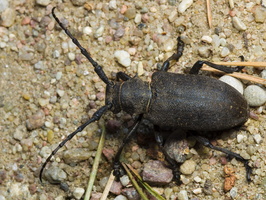 Lamia textor · gluosninis niūrūnas
Lamia textor · gluosninis niūrūnas
-
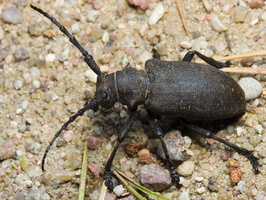 Lamia textor · gluosninis niūrūnas
Lamia textor · gluosninis niūrūnas
-
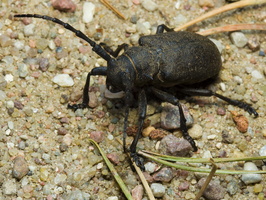 Lamia textor · gluosninis niūrūnas
Lamia textor · gluosninis niūrūnas
-
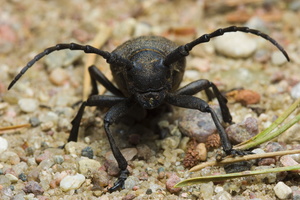 Lamia textor · gluosninis niūrūnas
Lamia textor · gluosninis niūrūnas
-
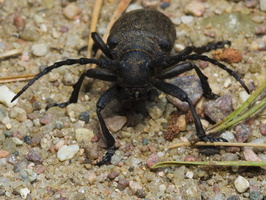 Lamia textor · gluosninis niūrūnas
Lamia textor · gluosninis niūrūnas
-
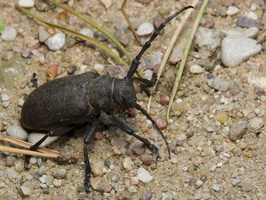 Lamia textor · gluosninis niūrūnas
Lamia textor · gluosninis niūrūnas
Lamia textor · gluosninis niūrūnas
- weaver beetle
- Weberbock, Schwarzer Weberbock
- gluosninis niūrūnas, gluosninis kelmagraužis
- melnais vītolgrauzis
- zgrzypik twardokrywka
Lamia textor occurs throughout Europe, except in the far north, and east through Kazakhstan and Siberia to China, Korea and Japan. The typical habitat is damp or wet woodland either close to water or prone to seasonal flooding where the species develops on a range of deciduous trees, mostly various species of willow or poplar but occasionally birch and others. Adults feed on the leaves and bark of both healthy and damaged trees, unusually for Cerambycids they are not known to fly and dispersal is thought to be by seasonal flooding or rivers. Females oviposit in late spring and summer, the eggs being laid near to the ground in the bark of healthy trunks and branches. The newly hatched larvae feed for a while within the bark before boring into the xylem where they will spend between 2 and 3 years developing. Pupation occurs in the spring in a cell excavated in a trunk, small branch or root at or close to ground level. The entire life cycle takes between 2 and 4 years.
Kūnas 14-30 mm ilgio, kresnas, trumpas, storas, juodas, matinis, apaugęs švelniais gelsvai rudais plaukeliais, kurie antsparniuose sudaro smulkias dėmeles. Antenos storos, ypač pirmasis jų narelis. Vabalai skraido pavasarį ir vasarą pavakariais, pažemiu, garsiai zirsdami. Gyvena prie gluosnių, drebulių, alksnių, tuopų.